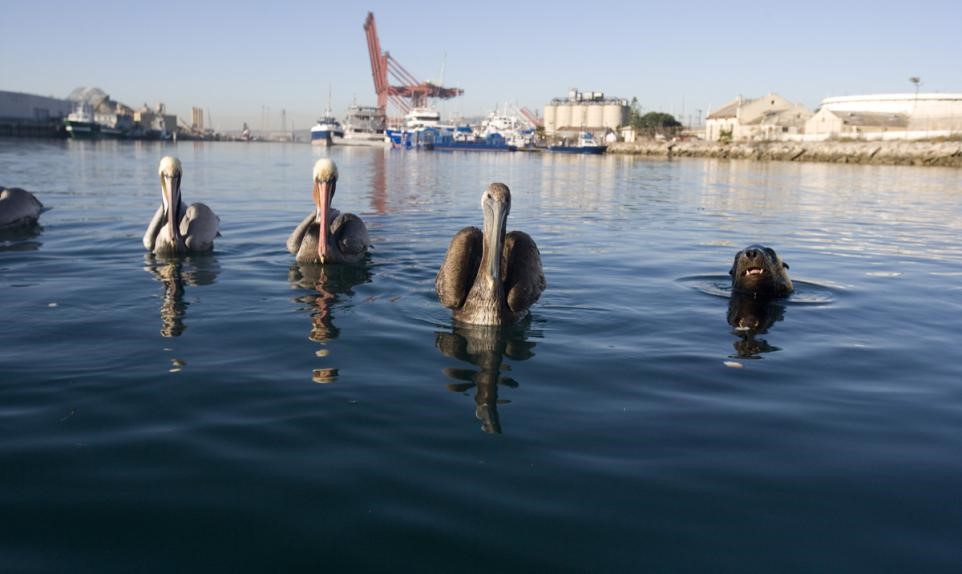On Jan. 8, the Des Moines Board of Water Works issued an intent to sue three northwest Iowa counties — Sac, Buena Vista, and Calhoun — over high nitrate levels in the Raccoon and Des Moines rivers. The potential lawsuit is an attempt to require better management of fertilizer runoff on agricultural lands, as nutrients are not regulated under the Clean Water Act.
Much of the cropland runoff reaching the Raccoon and Des Moines rivers comes from drainage tiles, which are piping systems installed to quickly convey stormwater and prevent waterlogged soils. The potential lawsuit seeks to hold the county governments that manage the systems legally responsible for the nitrate levels in the rivers.
Though there is a high level of interest in cooperative, voluntary agricultural conservation practices to control runoff, the city has not seen reductions in nitrate levels.
High nitrate concentrations are a risk to the public water supply and are costly to remove. In 2013, filtering nitrate from the drinking water supply cost the utility $900,000, as reported by National Public Radio. Additionally, higher than usual nitrate levels are requiring Des Moines to operate its nitrate removal facility at a cost of $4,000 to $5,000 per day, as reported by Bloomberg. This 20-year-old facility was not intended to operate on a daily basis, and will cost millions of dollars to replace. According to Des Moines Water Works, nitrate levels in the river have been increasing, and samples across 72 sites in Sac County showed nitrate levels as high as 39.2 mg/L (39.2 ppm), about 29 mg/L (29 ppm) higher than the maximum contaminant level for nitrate.
Meeting requirements under Iowa’s Nutrient Reduction Strategy, will require the participation of farmers, as well as cities. The Iowa League of Cities, which represents municipalities in the state, is looking at nutrient trading as a cost-effective alternative to wastewater treatment plant upgrades. The league has analyzed more than 40 water quality trading options, including ones that allow trading between cities, among industrial dischargers, and between point and nonpoint sources. A trading program could allow cities to purchase nutrient reduction credits from farmers who have installed controls, such as buffer strips, cover crops, and more, which are less expensive than treatment plant upgrades. A trading program also would provide an incentive for farmers, as it would allow them to profit from stormwater controls on their land.
The Iowa League of Cities is working with Iowa State University’s Nutrient Research Center, the University of Iowa, and the Iowa Environmental Council in evaluating trading programs. It currently has no timeline for implementing a program, but is working to be sure the program is well supported.






